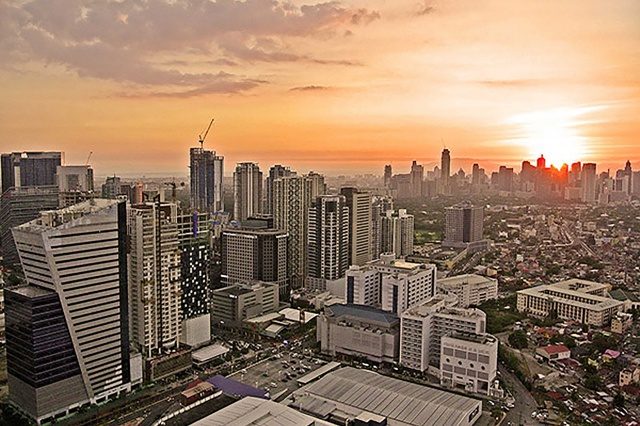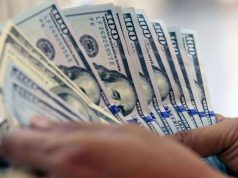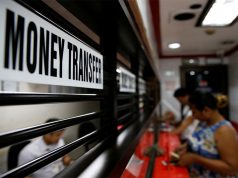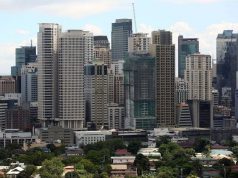
MANILA — The Philippine economy has grown by more than 6 percent for seven straight years, but 2018’s pace was the slowest in three years and weak exports, manufacturing and farm output increase challenges to achieving fast growth in 2019.
Some economists say that if growth slows more, the central bank — which hiked rates five times by 175 basis points in 2018 to battle high inflation — could loosen policy this year.
Government data on Thursday showed the Southeast Asian economy grew 6.1 percent in the fourth quarter from a year earlier, slightly faster than the previous quarter’s 6.0 percent, but below the 6.2 percent seen in a Reuters poll.
That brought full-year growth of 6.2 percent, below the government’s downwardly revised target of 6.5-6.9 percent and 2017’s pace of 6.7 percent, but still one of Asia’s fastest rates.
The government’s goal for this year is 7-8 percent — which Economic Planning Secretary Ernesto Pernia calls “aspirational”.
Oxford Economics says recovering consumption and strong government spending should still keep growth just above 6 percent, but adds the 2019 outlook “is dampened by sluggish investment prospects”.
Pernia told a media briefing the government must “address policy uncertainties” to attract much-needed investment and called for “an honest-to-goodness reform” of the agriculture sector, which remained a drag on the economy.
He noted the government has “done something” on the list of activities where foreign investment is restricted, but these were “kind of baby steps”.
Growth in manufacturing, which slowed to 4.9 percent last year from the previous year’s 8.4 percent, continued to be hampered by restrictive investment policies, Pernia said, adding that the expansion was the slowest since 2011’s third quarter.
Agriculture expanded a measly 0.8 percent last year, from 4.0 percent in 2017.
Removing uncertainties
“The numbers today clearly make the case for removing of policy uncertainties in the economic sector by introducing the next wave of reforms”, Pernia said.
He said the government is optimistic growth will gather momentum in coming quarters with inflation expected to cool further, helped by lower oil prices, and that would lift domestic consumption.
But risks to the outlook include the U.S.-China trade dispute and tighter financing conditions in emerging markets.
In December, the central bank kept its key interest rate unchanged to let five straight hikes, totaling 175 basis points, work their way into the economy. Some analysts believe that marked the end of its tightening cycle.
“We’re going to need the BSP to reverse policy stance soon to bolster growth momentum if we look to attain our fighting 7-8 percent growth target,” Nicholas Mapa, an economist at ING said.
The annual inflation peaked at 6.7 percent, a near decade high, in September and October, before slowing to 5.1 percent in December. The full-year average inflation rate was 5.2 percent, way above the central bank’s 2-4 percent target.
Slowing inflation gave domestic consumption a slight boost in October-December, when it grew at 5.4 percent from a year earlier versus the previous quarter’s 5.2 percent.
“Domestic consumption is still likely to remain the biggest growth driver in 2019,” said Standard Chartered economist Chidu Narayanan.
The central bank’s first meeting of this year is Feb. 7.
— Reporting by Karen Lema and Neil Jerome Morales; Editing by Richard Borsuk









